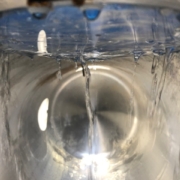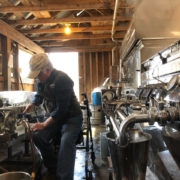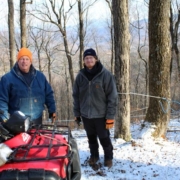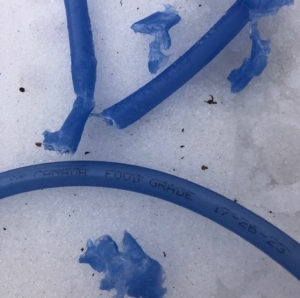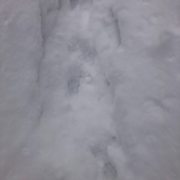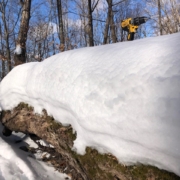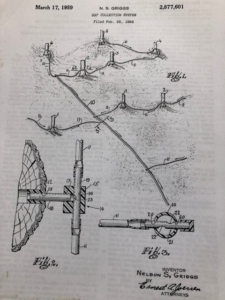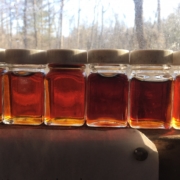Dispatch from the Sugarwoods, 2021, Part 6
Stress tends to distill us, accentuating our base personality traits. Maureen Dowd wrote a political column about this recently, pointing out that the stress of the Presidency made Jimmy Carter more preachy, Bill Clinton more self-indulgent, George W. Bush more insecure, Barack Obama more professorial.
But you certainly don’t have to be a president to experience some version of this. I tend to lose myself deeply in things, and the stress of pandemic life, combined with the stress of the maple season, have certainly magnified this trait. As I’ve lost myself in sugaring, it’s been a struggle to be a good father, and partner, and friend, and good teammate to people I work with on the Almanac. There’s some of this every year, but this year more so. I’ve neglected emails for a month because in my down time I couldn’t bring myself to even turn on the computer. Friends would ask if they could help lessen the sugaring load, but I couldn’t think of how they might – there was just no capacity for peripheral thought. The part that stings the most were all the times I’d have to stop in the house to work on a broken pump part, or get a tool, or get wash water, and my four-year-old would be there and say: “Dad, let’s play!” and I’d respond numbly with: “I have to work, honey.” And then I’d go back to work, over and over again, a lot of days from before she woke up to after she went to bed. In hindsight it doesn’t seem like it would have been that hard to spare 20 minutes, but I just kept grinding. It was what-not-to-do parenting right out of a Harry Chapin folk song.
This is weirdly personal for a maple blog, I know, but I’ll bet you anything you recognize some stress-induced distillation in your own life these days. We’ve spent a year now being isolated from one and other, which is its own sort of trauma beyond whatever financial and health-related traumas people have endured. Of course it’s changing us.
There’s something to note here, too, in that farming in general and sugaring in particular is immensely stressful on a professional scale. That’s something that’s often glossed over in the PR copy. Rick is the name of one of the guys at XR Maple I sell sap to, and I don’t think he sleeps during the season. I got texts from him at night during tapping season from the woods, tapping in the dark with a headlamp. I’d deliver a load at 9 pm and he’d be there starting the RO and heading out to haul sap. I’d bring another load at 4 am and he’d still be there. I have this image as I write this of him standing in front of the heater in the RO room, cigarette hanging out of his mouth with a long ash on the end of it, absorbing the heat while looking just bone tired, before a wave of energy courses through him, and he whirls off for another 20 hours of climbing mountains and hauling sap and emergency repairs and making syrup.
There’s joy in this work, some of it the same sort of adrenaline-fueled, masochistic joy that endurance athletes crave. But when that adrenaline subsides, you’re sometimes left feeling despondent and alone.

